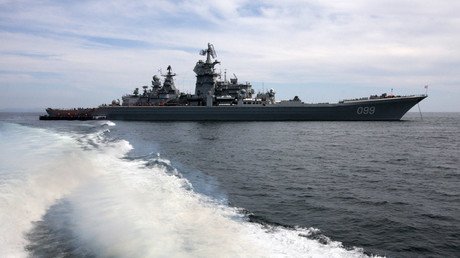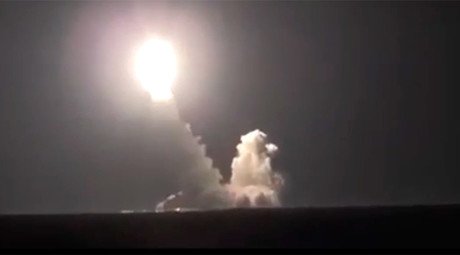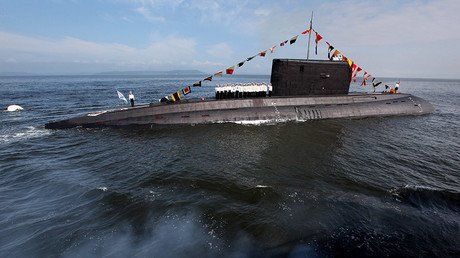Russian Navy considers reviving semi-robotic attack sub
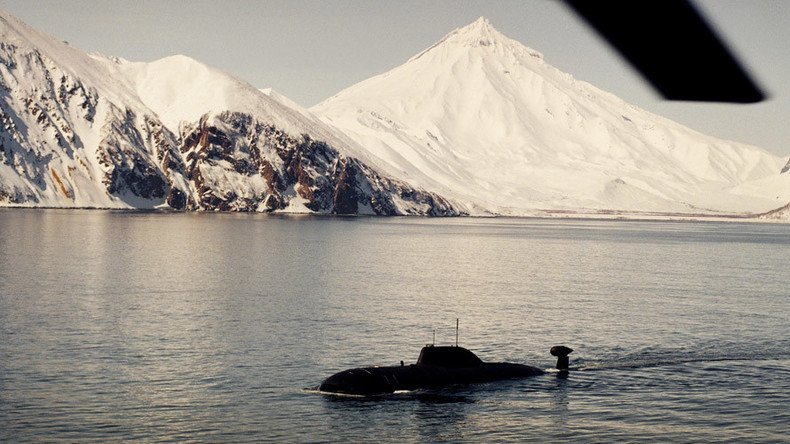
Russia’s defense industry is mulling over the revival of the Soviet-designed Alpha concept of a maximally robotic, nuclear-powered attack submarine with a radically reduced crew, completely revised and based on 21st-century technology.
Russian naval experts believe the time has come for a reincarnation of highly automated, essentially robotic nuclear submarines that would take deployment of this craft to a new dimension.
“We have a two-decade experience of running [highly automated] 705 Lyra subs in the 1970s-1990s,” a source working in the military-industrial area told the media outlet Lenta.ru.
Describing the Soviet project as “highly ambitious,” the source pointed out that it was exactly the “concentration of ultra-modern technologies in one vessel” that made
Alpha submarines so complicated for operation.
The leap that technology has made since the project first appeared, however, would make a robotic nuclear sub a much more reliable and crew-friendly vessel, the source claimed.
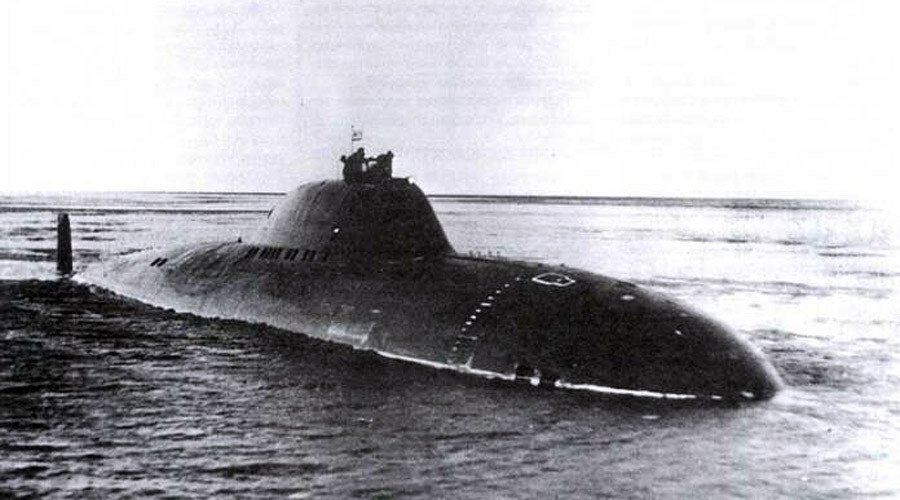
The legendary Soviet Project 705 (705K) Lyra (NATO designation Alpha) nuclear-powered attack submarines were constructed between 1971 and 1981.
The series consisted of seven super-maneuverable and ultra-high-speed submarines with titanium hulls and unique liquid-metal coolant nuclear reactors, reportedly enabling Alpha subs to go as fast as 41 knots (over 75 km/h) submerged, which remains very nearly the world record of submarine speed even today – though this is hard to verify because of the secretive nature of submarine projects.
The submarines' unique reactor assembly made it possible to gain full speed in just one minute.
The Alpha’s speed made it an ideal hunter sub and once it began to pursue a vessel, it was impossible to shake it off. Project 705 submarines became the first subs capable of getting away from a torpedo attack using unparalleled speed and maneuverability.
All of the submarines' performance characteristics and armaments were electronically operated from the captain’s central command post.
The Alpha series became the first Soviet subs that possessed crew evacuation capsules.
The project’s most innovative feature was its unprecedented automation level, which reduced the crew of the vessel to only 32 – less than half the manpower required for other subs of the same size and purpose.
That reduction, which had been touted as the main advantage of the highly-automated submarines, later backfired, as it proved very difficult to perform repairs and maintenance work while out at sea with such a small crew.
Another drawback was the sophistication of the systems themselves: being ahead of their time in many respects, very few ports were able to service the Lyras.
Despite the setbacks, the Alpha submarines remained in active service till the 1990s, without serious incidents or casualties. They had been taken out of service by 1997 and scrapped by the 2010s.
The ‘new Alpha’ does not need to be so radically innovative, but its automation level would allow it to operate with a crew of 50-55, which later on could be reduced to 30-40, the source said.
